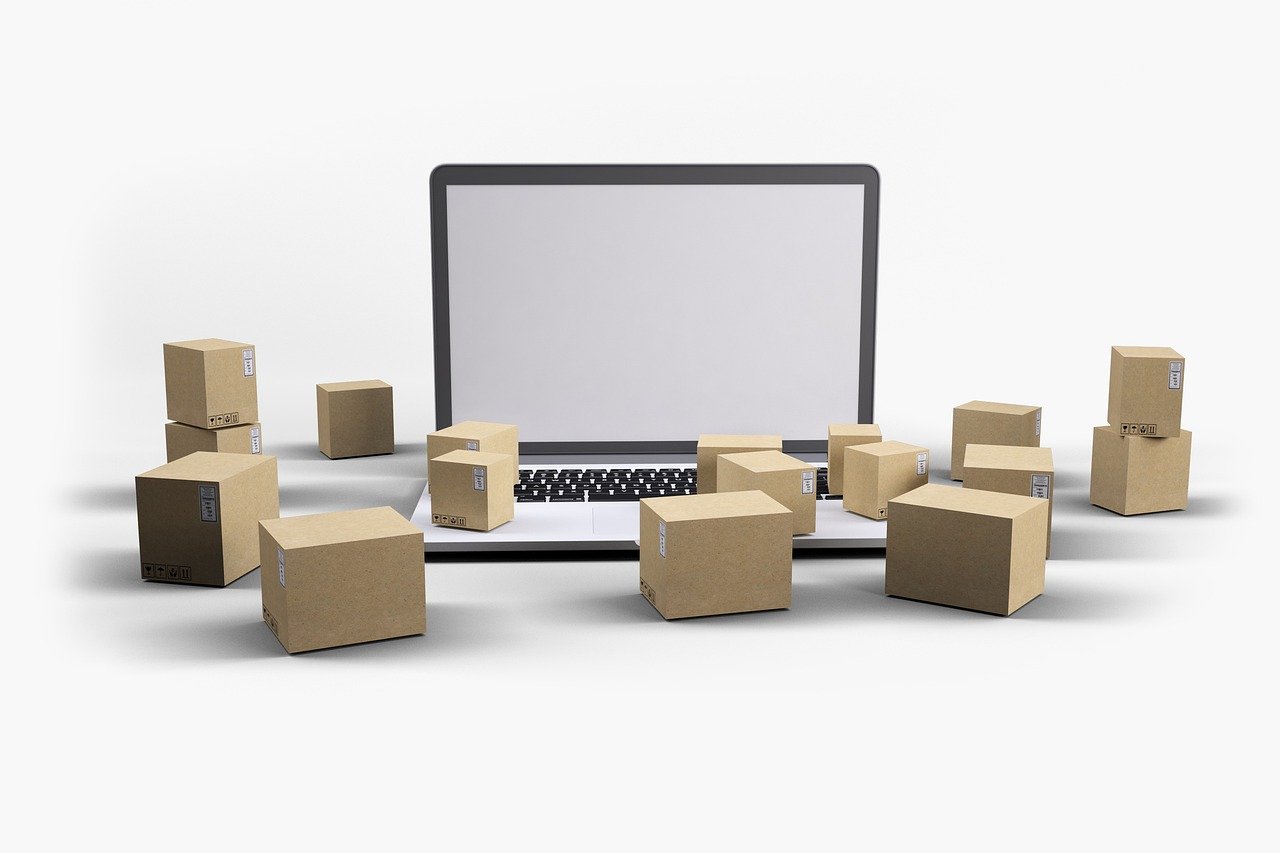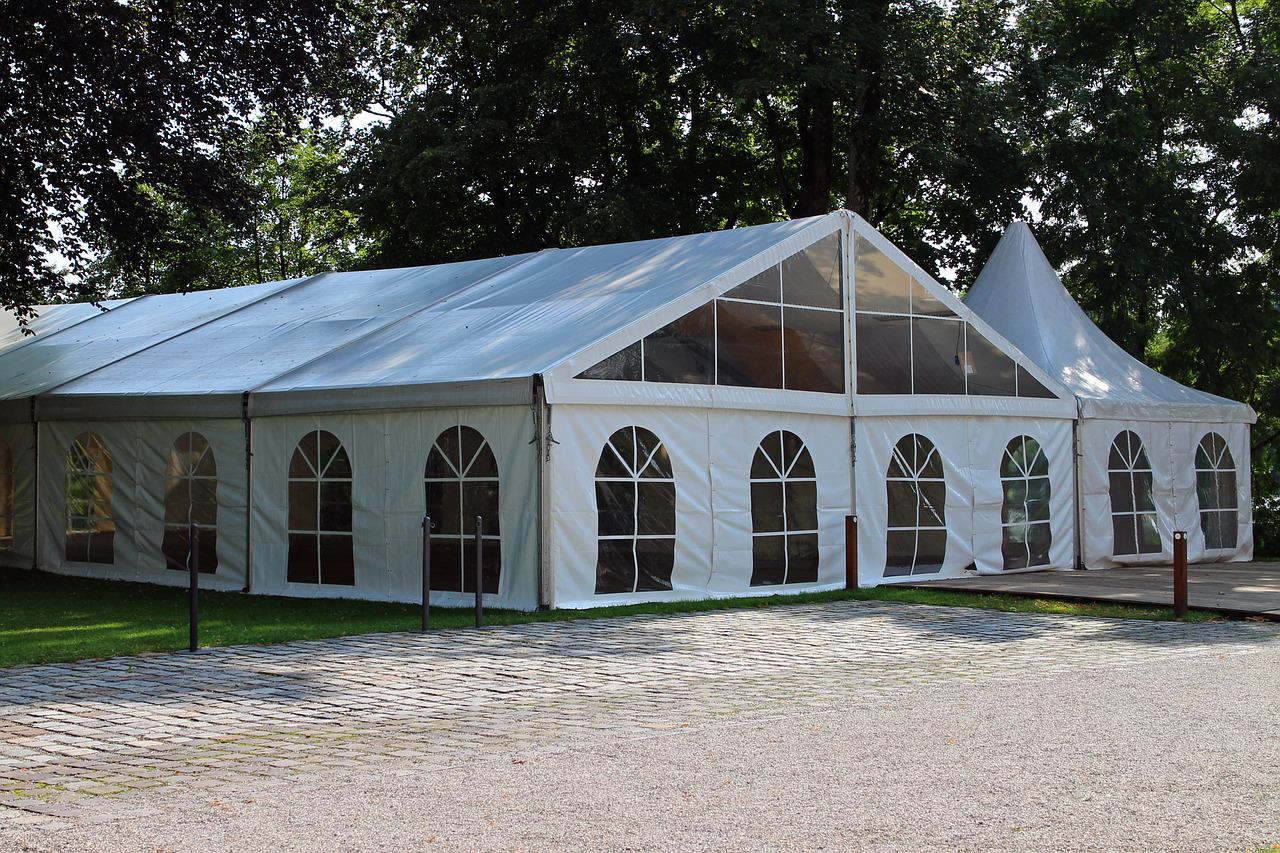How much is damage in-transit costing your company? That’s a hard question to answer.
Keep in mind, however, that as much as 11% of goods arriving at a distribution center have some level of case damage, according to Packaging Digest.
So, if you think damage in transit isn’t a critical problem for your company, think again. It’s probably more of a problem than you realize. Developing a sound mitigation plan can help reduce damage in transit significantly, but first, you must determine what’s causing the damage.
Data loggers (or data recorders) can help you do that. These devices record data on specific events that can affect a load without influencing or interfering with it. The data can be stored and then analyzed later by managers.
Measuring these events with data loggers during a distribution cycle is a cost-effective way to collect this type of information. Many managers think it’s also the best way to collect information on a specific distribution channel.
Types of Data Loggers
Basically, there are two types of data loggers. Both can help you beat the challenges of moving goods through a distribution cycle. Temperature and humidity data loggers measure the temperature and humidity your goods experience during a cycle.
Ideal for food and pharmaceutical transportation applications, these devices include small but autonomous recorders like sensors and analogical and digital circuits. Easy to use, these devices measure static or slow-changing parameters in regular time intervals.
Impact and vibration data loggers include numerical monitors and full waveform recorders. Numerical monitors are smaller, low-cost devices that use little power. They don’t have much memory capacity and can’t fully characterize a transportation environment.
Instead, they extract numerical data from measurements such as accelerations (including data and time), speed change estimations, and several events in an interval.
Full waveform data loggers are a more robust and sophisticated tool for characterizing a transportation environment. They can measure and store more complex impact and vibration data during the distribution cycle.
These devices can also analyze duration and frequency data during events and compile statistics based on this information. Some devices can also serve as temperature and humidity data loggers.
Considerations when Choosing a Data Logger
Not all impact and vibration data loggers are the same. Nor are they all the same when it comes to capabilities. So, care is needed when selecting these types of data loggers. The key is finding one that fits your application.
Key considerations when buying an impact and vibration data logger include:
- What do you need to measure?
- Where will the data logging devices be located?
- How often do you need the measurements?
- What is the scan rate/recorder rate needed?
- How much memory do you require?
- What accuracy do you need?
- How will you communicate with the data logger?
Answering these seven questions will help you sift through all the data loggers out there and choose one that fits your needs.
The right data recorder can help you meet your company’s quality goals and boost customer satisfaction. More importantly, it can help you save thousands in damage in-transit costs and boost your bottom line.







